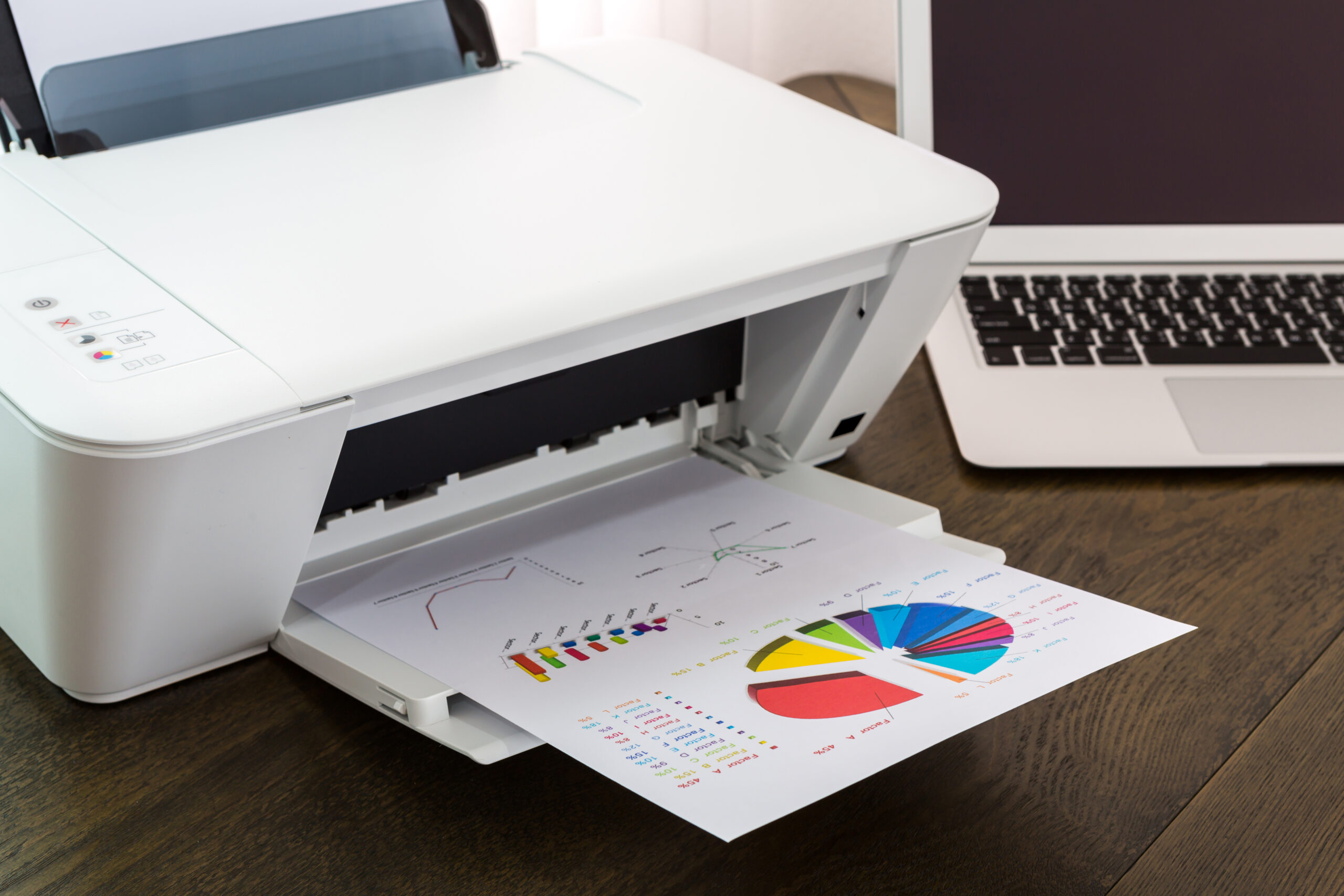Is it that time again when you frown upon your printing bill? You’re not alone. Printing expenses typically account for 1 to 3 percent of a company’s overall revenue and significantly increase operational costs (Hoffman, 2023). Surprisingly, most businesses tend to underestimate the profound effect printing costs can have on their bottom line. Lucky for you, we’ve compiled a few tips to help you effectively manage and reduce your printing expenses.
Update Printer Settings
To better manage your printing costs, consider changing your print settings to duplex (double-sided) printing. This will avoid wasteful paper usage. The truth is, you probably don’t need to print each document in color. Consider changing the default print option to black-and-white to avoid racking up unnecessary color print charges. Do you usually print presentations? If so, consider printing multiple pages on one sheet to further cut down on wasteful paper usage.
Set Printing Limits
On modern printers, you can control printing and color printing by setting up permissions to release prints. For example, with Sharp Multifunctional Printers (MFPs), you can set up user codes that are required to release print jobs. By doing so, you guarantee that only authorized individuals can execute print tasks or produce color copies. This capability extends to also being able to monitor usage patterns, which allows you to proactively manage excessive usage by individuals or departments and uncover opportunities to further optimize your print infrastructure.
Condense Multiple Devices Into One
Another vital factor in managing print costs is assessing your printer fleet and optimizing it for maximum efficiency. How many units does your office space truly require? Should each workstation be equipped with a compact printer, or would it be more logical to deploy a larger MFP in a shared communal area? Furthermore, consider whether you currently employ multiple devices for tasks like copying, scanning, and printing. If so, you may want to replace them with a comprehensive all-in-one MFP unit to better manage costs. This way, you’ll only have to maintain and manage costs of one unit as opposed to two or even three.
MPS
Managed Print Services (MPS) is also a great option if you’re looking for better ways to manage your printing costs. With MPS, you rely on a dedicated provider, like ourselves, to take ownership of all the hassles related to your print environment. The MPS provider takes a proactive approach towards managing your fleet, monitoring your usage and supply, and offering remote and in-person support when you’re in need. They also inform you of any opportunities to streamline your print environment, thus reducing costs in the long run. In a nutshell, they take away the stress of managing your print environment so you can focus on your business.
Upgrade
It is no surprise that outdated technology will hinder your business, whether that be in increased overtime costs or longer downtimes that disrupt your daily operations. Old and worn-down technology can quickly rack up service and maintenance costs, increase lead times, and cause frustration for your office staff. Moreover, older technology also tends to operate at a slower pace, consumes more energy compared to newer devices, and may not be compatible with devices such as smartphones or third-party applications. If you feel like you need to put up a fight when completing simple printing tasks, reach out to your provider or us for upgrade options.
Manage Paper Supply
Businesses go through a substantial amount of paper each year, with the average worker printing approximately 10,000 pages annually (Hoffman, 2023). To effectively manage your printing costs, it’s important to evaluate your paper consumption practices. Do you currently use different paper types for various print jobs or printers? If so, consider switching to multipurpose paper to alleviate the costs of buying various paper types. By doing so, you can also save money through bulk purchases of a single paper type. Additionally, try storing different types of paper separately from the copier to avoid accidental misprints on the wrong paper type.
Designated Supply Person
For larger organizations, it is a good idea to have a designated person or department responsible for ordering printer supplies. This avoids duplicate and unnecessary orders that might be placed due to a lack of communication and helps keep costs low.
Conclusion
Reducing printing costs in your organization is not only environmentally responsible but also financially beneficial. If you have questions about your current print practices or expenses, feel free to call us today. Our team is ready to provide expert guidance and custom solutions to effectively manage your print environment.
Reference
Hoffman, T. (2023, April 30). Office printing statistics in 2023 – 21 real shocking facts that you should know. Scanse. https://scanse.io/blog/office-printing-statistics/



